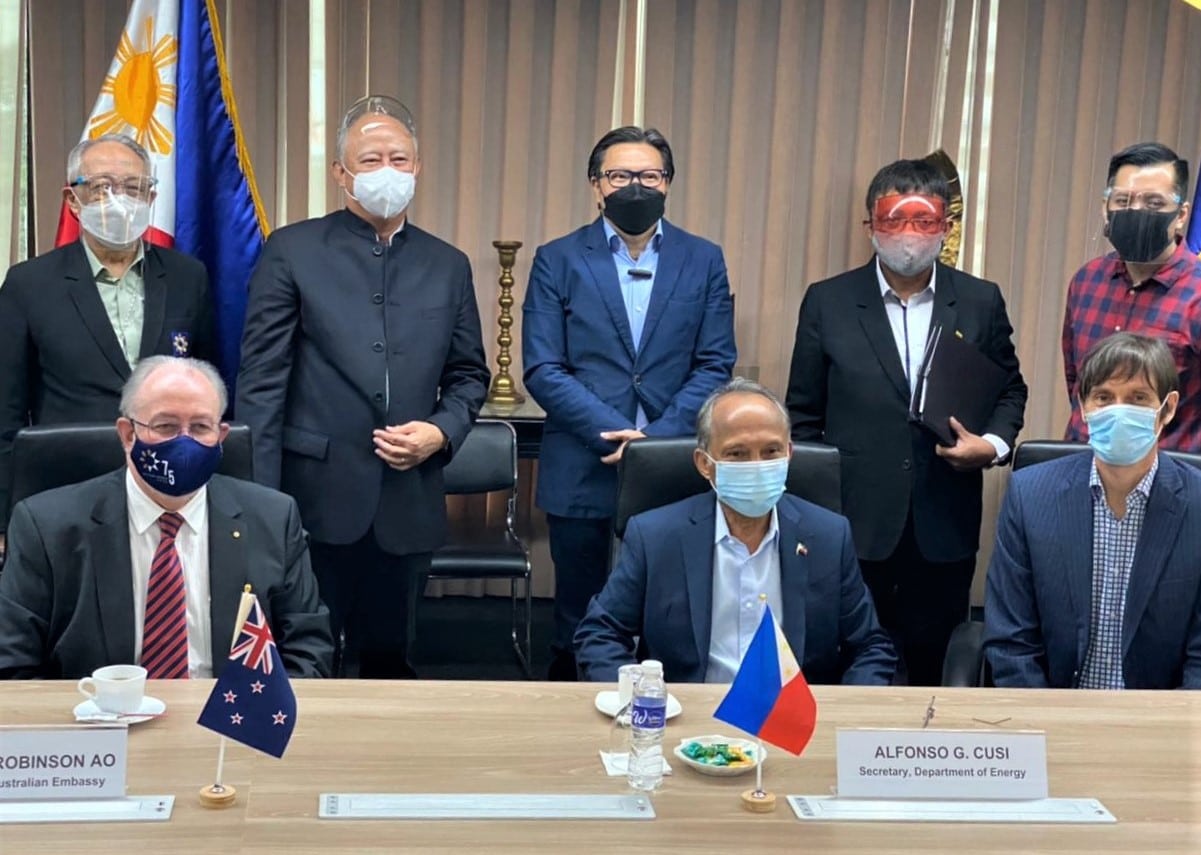In December, S&P Global Platts awarded its “Emerging Technology of the Year Award” to Australia's Star Scientific for its Hydrogen Energy Release Optimizer (HERO). Star Scientific’s technology can transition coal-fired electricity plants to green energy, desalinate water in a clean process, use green hydrogen to generate the high temperatures needed for industrial processes, and, in a similar vein, provide emissions-free warmth to large areas.
Its HERO technology has now caught the eye of the Philippines Department of Energy, which this week announced a memorandum of understanding (MoU) with Star Scientific to help the country’s push toward the use of green hydrogen. As an archipelagic nation with large numbers of people in isolated regions, the Philippines is heavily reliant on fossil fuels. The Department of Energy hopes that Star Scientific’s HERO technology will accelerate the use of green hydrogen revolution in the country by providing clean, self-sufficient sources of energy, as well as water security.
The MoU set out objectives for Star Scientific to retrofit existing coal-fired power stations with HERO systems powered by green hydrogen. The two parties will also explore whether the Philippines’ large resources of offshore wind can be used toward this green hydrogen end. The Department of Energy is keen to use every application of the HERO system, in order to help it provide decentralized, scalable power and desalination services for all of the country’s inhabited islands.
Star Scientific Global Group Chairman Andrew Horvath said that he is proud that an Australian innovation has captured the attention of a national government that wants to drive its economic development through an environmentally sustainable energy source of power generation and water desalination.
Horvath called the agreement “a significant milestone in the development of the global hydrogen economy.” He added that this bold and holistic step by the Philippines is a sign that “we can begin to see the reality of whole economies turning over to hydrogen and a rapid acceleration to sustainable energy on a global scale.”
In an interview with pv magazine in December, Horvath was not shy about the global interest in Star Scientific’s technology and Australia’s potential in developing the global hydrogen economy.
“The Norwegians have been all over us,” Horvath said. And northern Europe has been knocking down the virtual door because “They’re desperate to get off Russian gas.”
This content is protected by copyright and may not be reused. If you want to cooperate with us and would like to reuse some of our content, please contact: editors@pv-magazine.com.




By submitting this form you agree to pv magazine using your data for the purposes of publishing your comment.
Your personal data will only be disclosed or otherwise transmitted to third parties for the purposes of spam filtering or if this is necessary for technical maintenance of the website. Any other transfer to third parties will not take place unless this is justified on the basis of applicable data protection regulations or if pv magazine is legally obliged to do so.
You may revoke this consent at any time with effect for the future, in which case your personal data will be deleted immediately. Otherwise, your data will be deleted if pv magazine has processed your request or the purpose of data storage is fulfilled.
Further information on data privacy can be found in our Data Protection Policy.